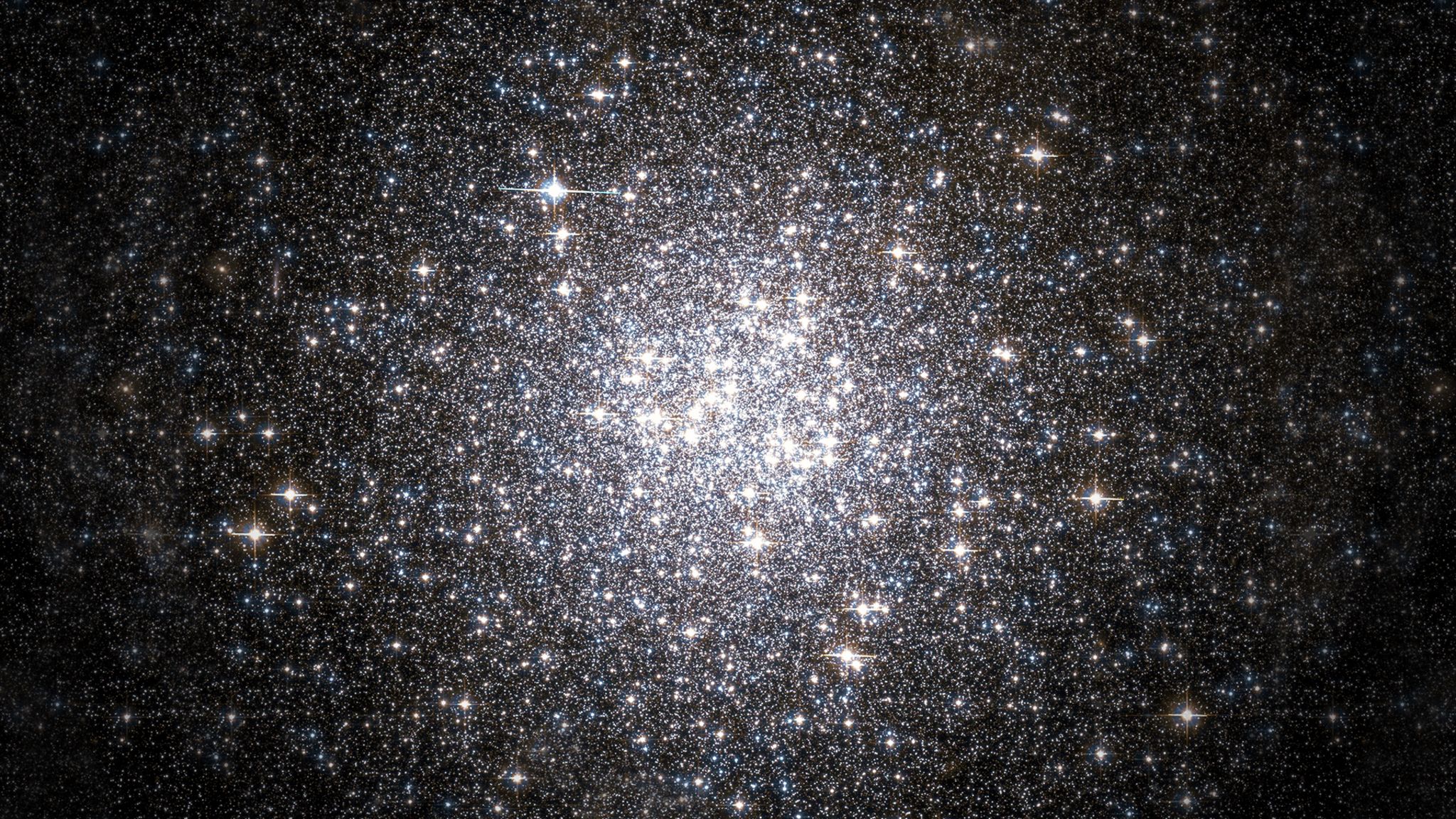Dark Sky Delights
Throughout this week, the waning, late-rising Moon leaves our evenings nice and dark, worldwide – ideal for hunting for dimmer targets such as the spring galaxies in Leo (the Lion) that are observable in backyard telescopes. Here are some more objects.
As soon as the sky darkens after sunset, the bright star Arcturus pops into view high in the eastern sky, heralding the summer stargazing season. Four globular star clusters occupy the sky just to the right (west) of Arcturus. All four are visible as faint fuzzy patches in binoculars under dark sky conditions. At visual magnitude 6.2, Messier 3 is the brightest. It sits a generous fist’s diameter above Arcturus. Dimmer NGC 5466 is five finger widths to the lower left of Messier 3. Another bright globular designated Messier 53 sits 1.5 fist diameters to the right of Arcturus and only one finger’s width to the upper left of Diadem, which is Coma Berenices’ (Berenice’s Hair) brightest star. NGC 5053, the dimmest of the four globulars, is located a finger’s width to the lower left of Messier 53.
Planetary nebulae, a term coined because they visually resemble a small planet’s disk, are the corpses of stars that have a similar mass to our sun. These plentiful objects are distributed throughout the sky, and exhibit a wide variety of shapes and structures. The brightest planetaries visible these evenings include the Ghost of Jupiter (NGC 3242) in Hydra (the Water Snake) and the Owl Nebula (Messier 97) in Ursa Major (the Big Bear). In late evening, the eastern sky contains the Cat’s Eye Nebula in Draco (the Dragon), the Ring Nebula in Lyra (the Harp), and the Blinking Planetary in Cygnus (the Swan). For telescope-owners, high magnification is required to see structure, and an Oxygen-III filter will brighten the planetary nebula while suppressing the surrounding stars in the field of view.
Keep looking up and enjoy the sky with Star Walk 2!



